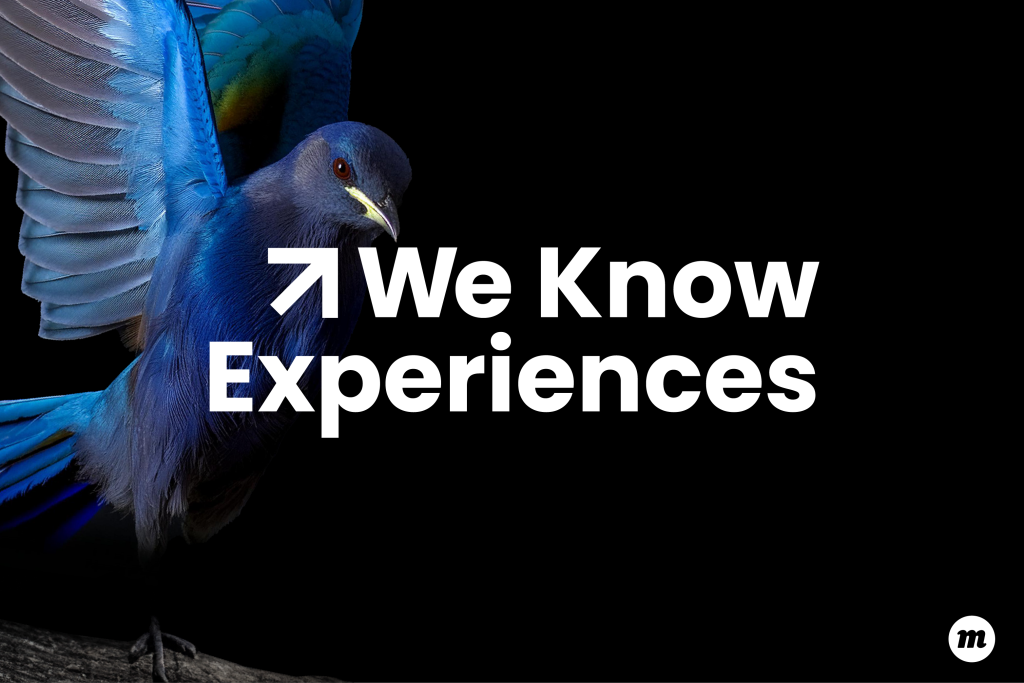In an era where digital connectivity pervades every aspect of our lives, the paradox of our time becomes glaringly evident: we are more connected than ever, yet increasingly isolated. I have been privy to the intricate dance between technology and human interaction over the years, and nothing summed this up better, than the critical insight our latest research uncovered:

“While digital platforms proliferate, the hunger for profound, meaningful experiences intensifies”
The data speaks volumes. Over 70% of consumers express a preference for experiences that foster genuine human connection over the allure of the latest technological marvel. This is not merely a trend; it is a fundamental shift in consumer ethos. Brands must transcend the superficial allure of technological innovation and instead cultivate environments that facilitate authentic human engagement.
Consider the emerging phenomenon of “solo togetherness,” a seemingly contradictory yet increasingly prevalent mode of interaction. We have termed this “Soluniting”—individuals finding a sense of community through shared passions, without necessitating direct interaction. This paradigm shift represents a profound opportunity for brands to connect with consumers in a manner that honours both their independence and their intrinsic need for belonging.
Our findings reveal that 89% of individuals feel a connection with others who share their interests, even in the absence of personal acquaintance. This insight should prompt brands to reimagine their approach to community building. It is no longer sufficient to host events; brands must create ecosystems that nurture shared passions and foster a sense of collective identity.
Take, for instance, Nike’s running clubs. They provide a platform where individuals can join local groups, share their progress on social media, and participate in virtual races. These initiatives seamlessly blend the digital with the physical, fostering a community that supports both solo and collective experiences. It’s a brilliant example of leveraging technology to enhance human connection rather than replace it.
Similarly, Peloton, by offering live and on-demand fitness classes, they create a shared experience for users working out alone. Peloton’s community features, such as the leaderboard, tags, and the ability to schedule sessions with friends, allow users to feel connected and supported by a larger community, enhancing their solitary workout experiences
Here at Momentum Worldwide, we have developed the Experiential Helix, a strategic framework designed to guide brands in this endeavour. It emphasises community, expression, enrichment, and identity—key pillars that underpin meaningful engagement. The imperative for brands is clear: shift the focus from ephemeral digital interactions to experiences that leave an indelible mark on the human psyche.
However, this is not a call to abandon the digital realm. Far from it. The goal is to find a harmonious balance between the digital and the tangible, the virtual and the visceral. Digital platforms, when thoughtfully integrated, can amplify the impact of real-world experiences, extending their reach and deepening their resonance. The challenge is to leverage technology in a way that enhances, rather than detracts from, the authenticity of human connections.
In an environment saturated with noise, brands that prioritise authentic, human-centric experiences will distinguish themselves. It is time to move beyond perfunctory engagement strategies and embrace a model that prioritises depth over breadth, inclusivity over exclusivity, and emotional resonance over fleeting impressions.
After all, it is not about the number of connections we make, but the quality of those connections that defines the richness of our lives.
BY Tim Walsh who is UK Head of Strategy, Momentum Worldwide

You must be logged in to post a comment Login